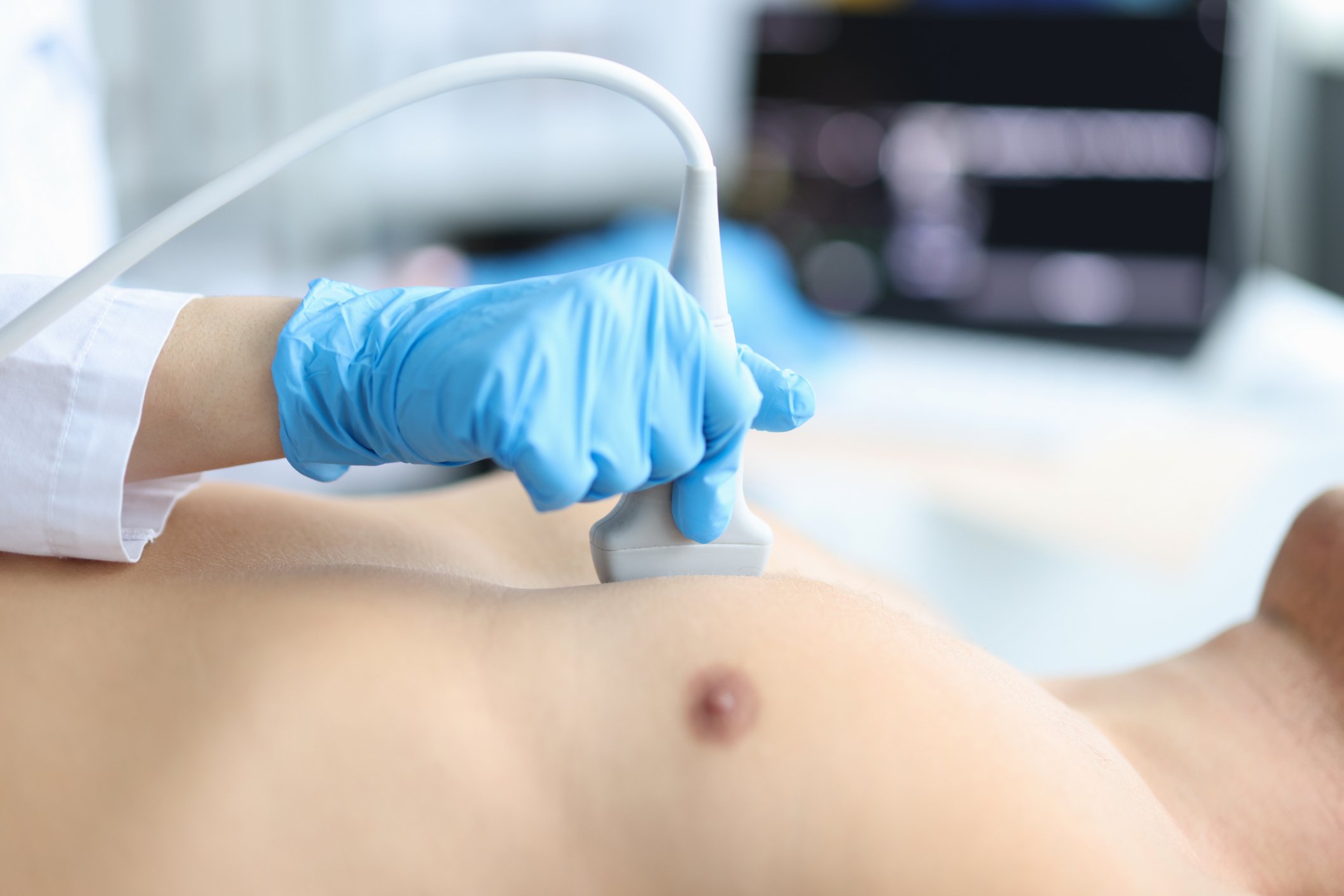
Echo scans for heart disease
Echocardiograms use ultrasound to give pictures of the beating heart and are used to diagnose many cardiac conditions.
Echocardiogram
This is the basic echo scan during which ultrasound jelly is placed on the chest and short video loops of the heart are recorded. This is a completely safe and usually painless experience. Sometimes the chest may be shaved to get better quality pictures and sometimes patients are asked to hold fixed positions or hold their breath to allow longer recordings.
The examination generally lasts about 20-40mins and obtains information about the heart muscle, chamber sizes and heart valve function.
This test is commonly used to diagnose heart failure, heart muscle problems (cardiomyopathy) and heart valve disease (narrow or leaking valves).
Contrast echo
Sometimes the pictures given by plain echo (see above) are not clear enough to interpret. In this case, an injection of microbubbles may be given into the vein to help show up the borders of the heart structure. This can avoid the need for other, more expensive scans, such as MRI.
Exercise stress echo
During this test, echo pictures are taken while the patient peddles on a specialy adapted exercise bike, or runs on a treadmill. This gives informaiton on how the heart muscle and heart valves function at higher heart rates and at time of stress.
Exercise echo can be a really useful way to work out whether narrowings in the coronary arteries are causing symptoms or not. It can also be used to help decide whether heart valve disease is severe enough to need surgery. Sometimes, stress echo is used to look at the blood pressure in the lungs under exertion (“pulmonary hypertension”).
Bubble echo
Bubble echocardiograms are performed to examine for abnormal connections between the venous and arterial systems.
While echo pictures of the heart are recorded, small bubbles are injected into the vein in the arm. The bubbles show up in the heart soon after the injection. Where they first appear, and how long they take to get there, can be used to deduce whether there is an abnormal connection between the arteries and the veins somewhere in the chest, or a hole in the heart.
Dobutamine stress echo
If a patient cannot run or peddle a cycle, then drugs such as Dobutamine may be used to raise the heart rate as an alternative way to perform a stress echo. Most of the same information can be obtained as from an exercise stress echo.

